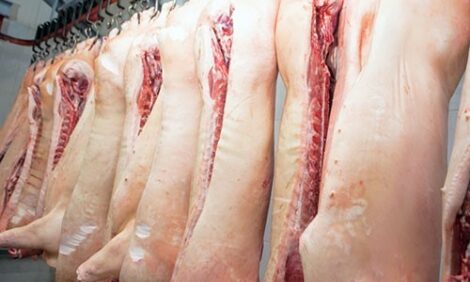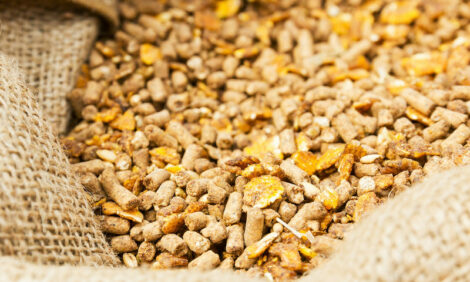



NA PRRS Symposium highlights include diagnostics, epidemiology
ANALYSIS - Dr. Jens Kjaer, director of technical marketing with Boehringer Ingelheim, highlights technical topics covered at the Saturday morning session of the North American PRRS Symposium in Chicago in early December."If we go back to earlier this year, Jeff Zimmerman at AASV, announced to the veterinary community that we need more sensitive tests," Dr. Kjaer said. "We are getting to the point where disease levels in some herds are so low that our traditional way of sampling is missing some of them. There are pigs that are actually infected and we don't find them."
The University of Minnesota and Iowa State University shared new techniques that allow for testing hundreds of pigs instead of about 30 pigs like would normally be tested.
"We can test them cheaper, easier and better. We had presentations on how we can use samples from the tail cutting and from castration," he said. "We can also use samples from swabbing the udder of the sow. We can use testing where we have floors laid out in the barn and capture viruses that circulate there."
The real benefits are that these new options are much easier than having to bleed pigs. Plus, the new technologies will increase the sensitivity for testing, so veterinarians will be able to make better decisions.
"We also saw that not just the testing but also the epidemiology of the diseases is changing or is going to be more and more important in the way we control the disease, so we went into discussions on area control as well," Dr. Kjaer said. "Mike Roof presented that we have to move away from looking at the pig to looking at the herd and at the region. That's where the industry's moving. This is where we have a lot of opportunity, and we will have a new and innovative approach on the control some of these diseases."
Sampling and diagnostic technology has changed to become cheaper and better; where sampling was the bottleneck, that's being removed which offers a much broader approach to capture a sample for testing, he said.










